Educated in One Room
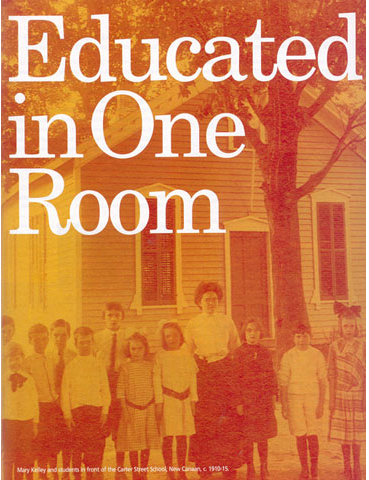
From “Educated in One Room,” Connecticut Explored, Summer 2007
Connecticut’s first settlers educated their children at home. When enough families settled nearby, they opened a school. Children had to be able to walk to the school. One family would offer to have the schoolhouse on its land. The school had just one room. By the mid-1800s some towns had more than a dozen schoolhouses.
Nathan Hale is our state hero. He was a teacher. He taught in one-room schoolhouses in East Haddam and New London. He was a spy during the Revolutionary War.
Larger schools were built in the late 1800s. But in 1899 there were still 1,110 one-room schoolhouses in the state. Most boys and girls stopped going to school by age 12 or 14.
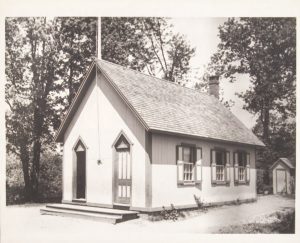
Hop Swamp School, Middlebury, c. 1910. Connecticut State Library
Some children were getting a good education. But many were not. An 1837 report gave Connecticut’s schools a failing grade! The report to the Connecticut legislature said:
-
Parents show very little interest in the public schools.
-
Teachers are not trained and are not paid well.
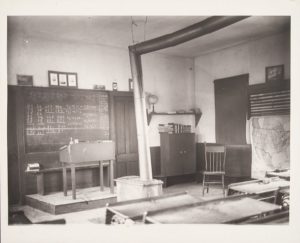
Hop Swamp School, Middlebury, c. 1910. Connecticut State Library
-
Many school committees don’t do anything.
-
A hodgepodge of books are used.
-
Many schoolhouses are run down.
-
Many children are not in school.
It was especially hard for African American children to get a good education. Some black students attended the local schools. But they were not well treated. Many did not attend school at all.
Hartford, New Haven, Bridgeport, and other cities opened separate schools for African American students. In the 1830s, African American churches opened schools. They wanted their children to be treated well. They wanted their children to get a quality education.
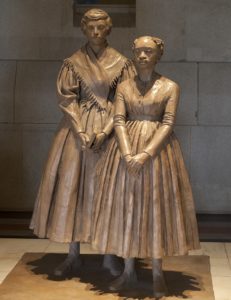
Prudence Crandall and student, statue in the State Capitol. photo: Carol M. Highsmith, Library of Congress
In 1832, Prudence Crandall opened a school in her home in Canterbury. She wanted African American girls to get an education. Some of the girls came from out of state. The townspeople did not want this school in their town. In 1833 the Connecticut General Assembly passed a law. It made it hard for Crandall to keep her students. The law said towns had to give permission for out-of-state African American students to attend school here. Crandall had to close her school. The law was repealed in 1838 but the prejudice continued.
Some students overcame the many challenges. Ebenezer Bassett was born near Litchfield but grew up in Derby. He went to the Birmingham Academy in Derby. Then he went to a private school in Massachusetts. He was the first black graduate of the Normal School in New Britain in 1853. The Normal School is now Central Connecticut State University. He became an ambassador for the United States to Haiti in 1869.
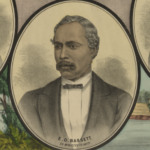
Ebenezer Bassett. Library of Congress
Edward Bouchet was from New Haven. He went to one of the city’s schools for African American children. He then went to the city’s private Hopkins School. He went to Yale College and was its first black graduate in 1874. He earned a doctorate in chemistry from Yale and became a teacher.
White families who could pay for schooling could send their children to private academies. Two examples were the Litchfield Female Academy, founded in 1792, and Hopkins School, founded in 1660. But for everyone else, it was a struggle throughout the 19th century to ensure that Connecticut’s children went to school and got a good education.
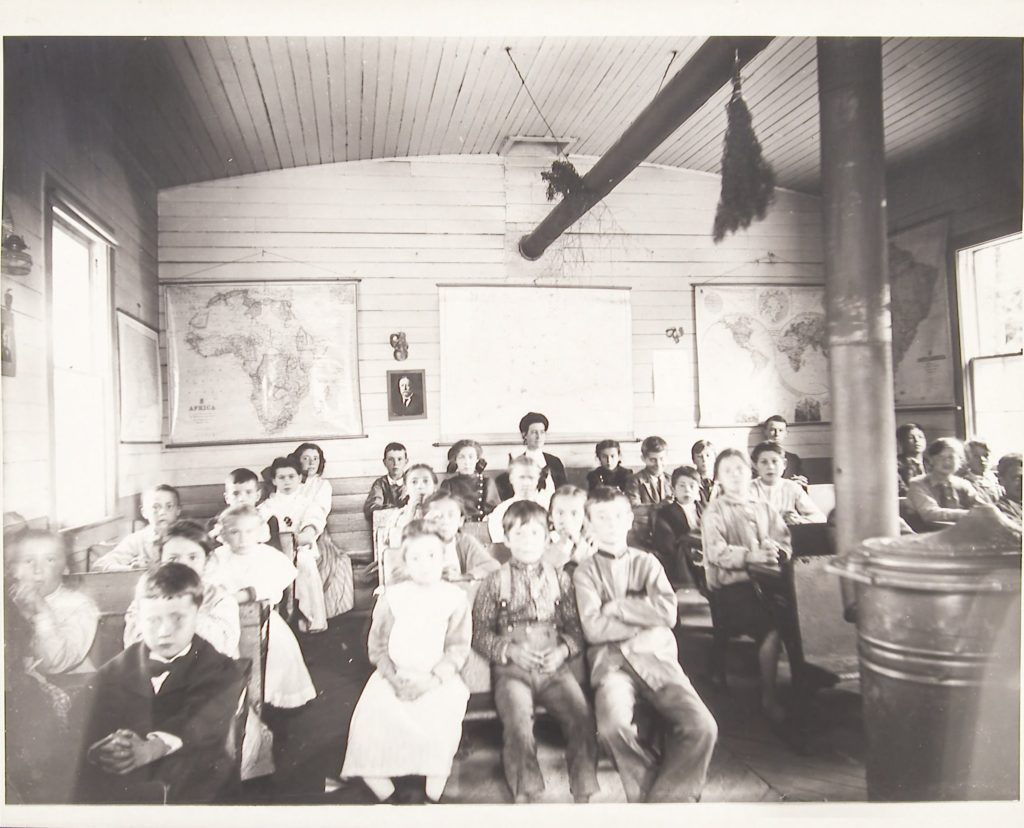
Hop Swamp School students, Middlebury, c. 1910. Connecticut State Library
This essay is based on:
“Child Labor” by Gene Leach and Nancy Albert, Connecticut Explored, Summer 2004
“To Work of to School: Education Children in the 19th Century,” by Gregg Mangan, Connecticut Explored, Summer 2009
“In Search of an Education, Seventeeth to Nineteenth Centuries,” by Christopher Collier, African American Connecticut Explored (Wesleyan University Press, 2014)
“Ebenezer Bassett’s Historic Journey,” by Carolyn Ivanoff, Mary Mycek, and Marian O’Keefe, Connecticut Explored, Winter 2011/2012







